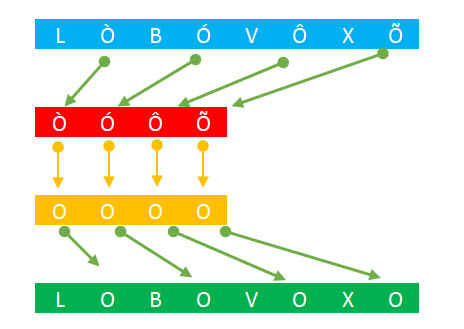

: The input string is a substring to search from a string. You can view EDUCBA’s recommended articles for more information.Consider the following syntax of the POSITION() function: SELECT POSITION( IN ) We hope that this EDUCBA information on “PostgreSQL String Contains” was beneficial to you. From this article, we know how we can handle different LIKE operators. From the above article, we learn the basic syntax of LIKE operator statements and how we can implement LIKE operators using different methods with multiple examples. We hope you understand the PostgreSQL String Contain statement from this article. It is a time-saving process instead of searching the whole table manually._ (Underscore) is used to match any number of single characters.% It is used to retrieve one or more characters from the database.% (wildcard) is used to get all characters.The like operator finds or retrieves data based on specified matching patterns.PostgreSQL also provides similar operators with like, ilike, not like, and not like, as shown in the table below. In the output, it will display nothing, as mentioned above. Illustrate the end result of the above declaration by using the use of the following snapshot. Let’s see what happens when we use only the like operator in the same statement. But if you use only like operators, it does not return any row. The BOB% pattern matches any string beginning with BOB, Bob, and bob. See the following statement to implement the ILIKE operator. Suppose we need to find out bob employee name, and we do not know bob character is a capital letter or a small letter. The ilike operator in PostgreSQL is used for case-insensitive conditions. Illustrate the end result of the above declaration by using the following snapshot.

Use the following statement to implement not like operator. Suppose we need to find all employees whose names do not start with po. This operator is totally opposite from like. So you can use % sign to find out Alex’s employee but also use % and _ sign to find out ales user. We can combine percentage and underscore signs to get the desired patternĬonsidering the above example, we need to find Alex’s employee name, and we know the last three characters, like lex. Let’s see the example, consider the following statement. By using the following syntax, we return the ex character. Illustrate the end result of the above declaration by using the use of the following snapshot.Ĭonsider another example, suppose we need to find those employee names that end with an ex. select emp_id, emp_name fromĮxplanation: With the help of the above statement, we find those names start with ‘bo’ characters which we use to select and where clause to implement the above statement, and we return two-column emp_id and emp_name. We use the following statement to find out employee names like bo. We need to find out the employee’s name, and you do not remember the exact name of the employee, but you remember the first two characters, for example, bo.


We required basic knowledge about PostgreSql.
#Postgresql find substring install#
We must install PostgreSQL in your system.Working of PostgreSQL String Contains Function with Examples


 0 kommentar(er)
0 kommentar(er)
